
6 Types Of Moss For Bonsai: Bonsai Moss
Read more
How To Remove Moss From A Roof With Vinegar?
Read more
How To Grow Moss On 12 Different Surfaces Step By Step
Read more
How to grow moss without moss. And why you’d rather not
Read more
7 Easy Tips To Make Moss Grow Faster!
Read more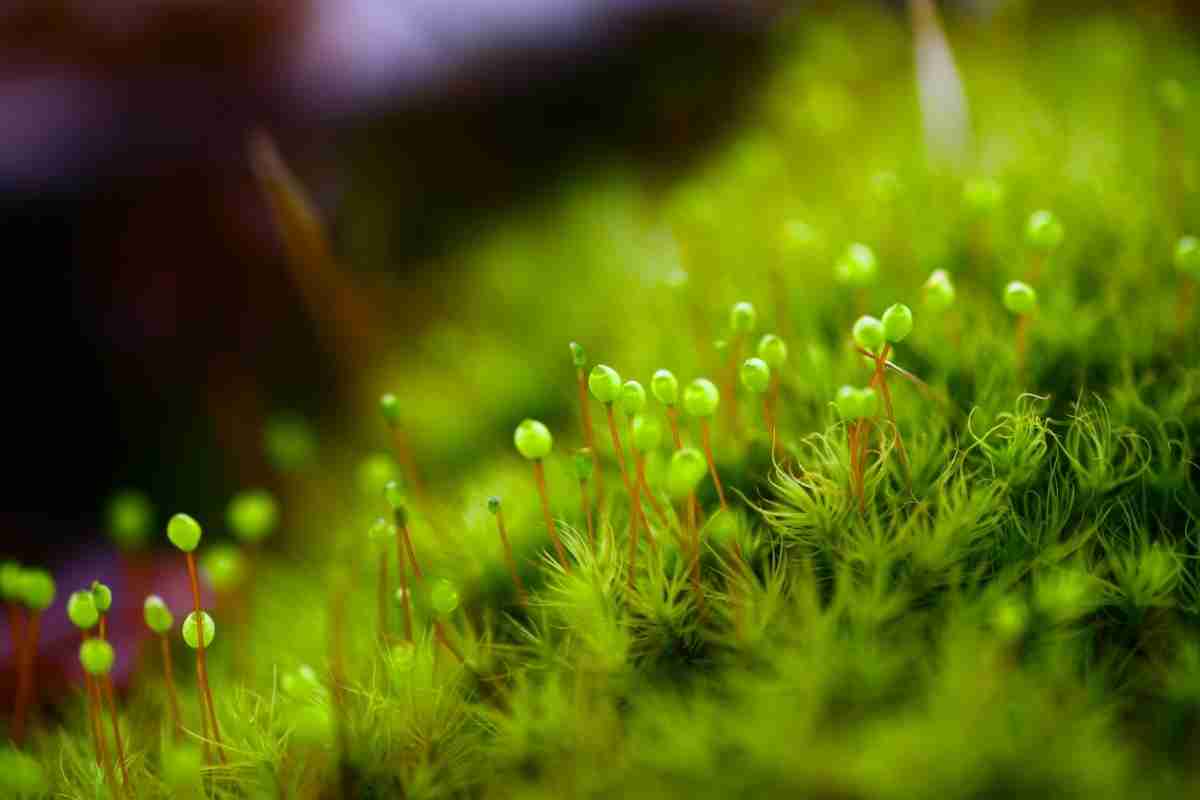
How Does Moss Reproduce? (Asexually And Sexually)
Read more
7 Ways To Permanently Remove Moss From Concrete
Read more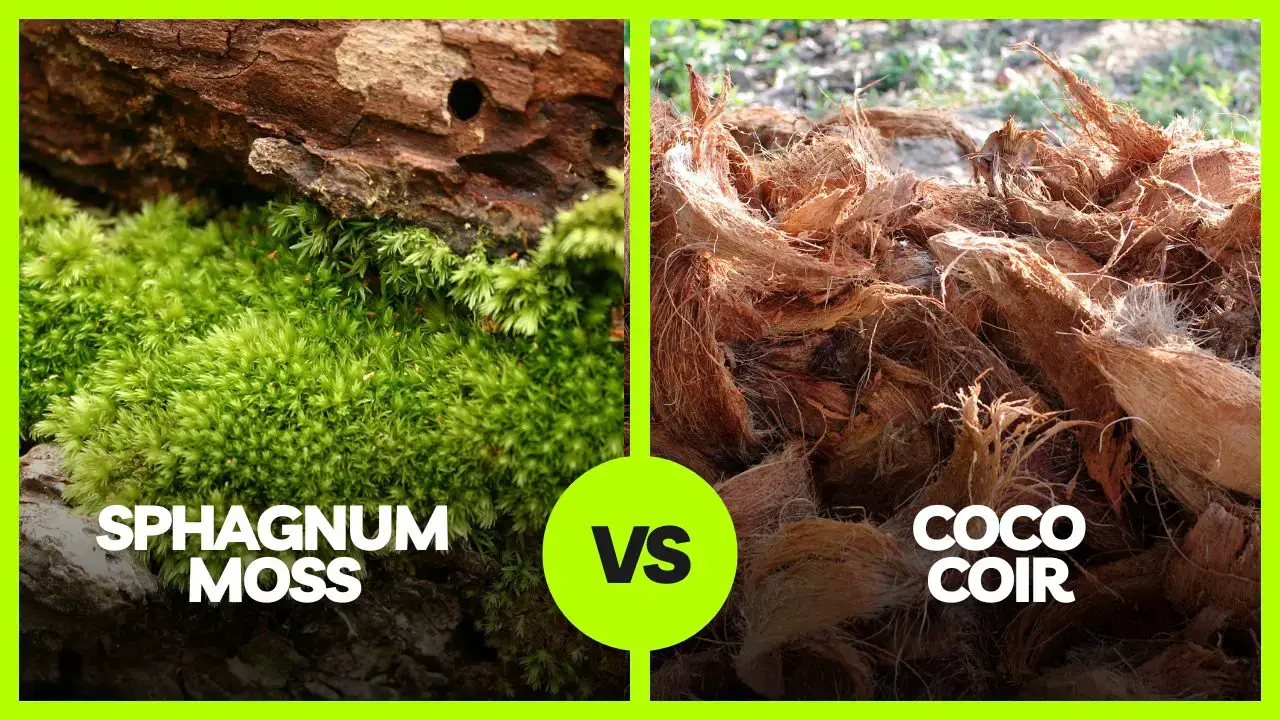
Sphagnum moss pole vs Coir pole. Which one is best for your houseplants?
Read more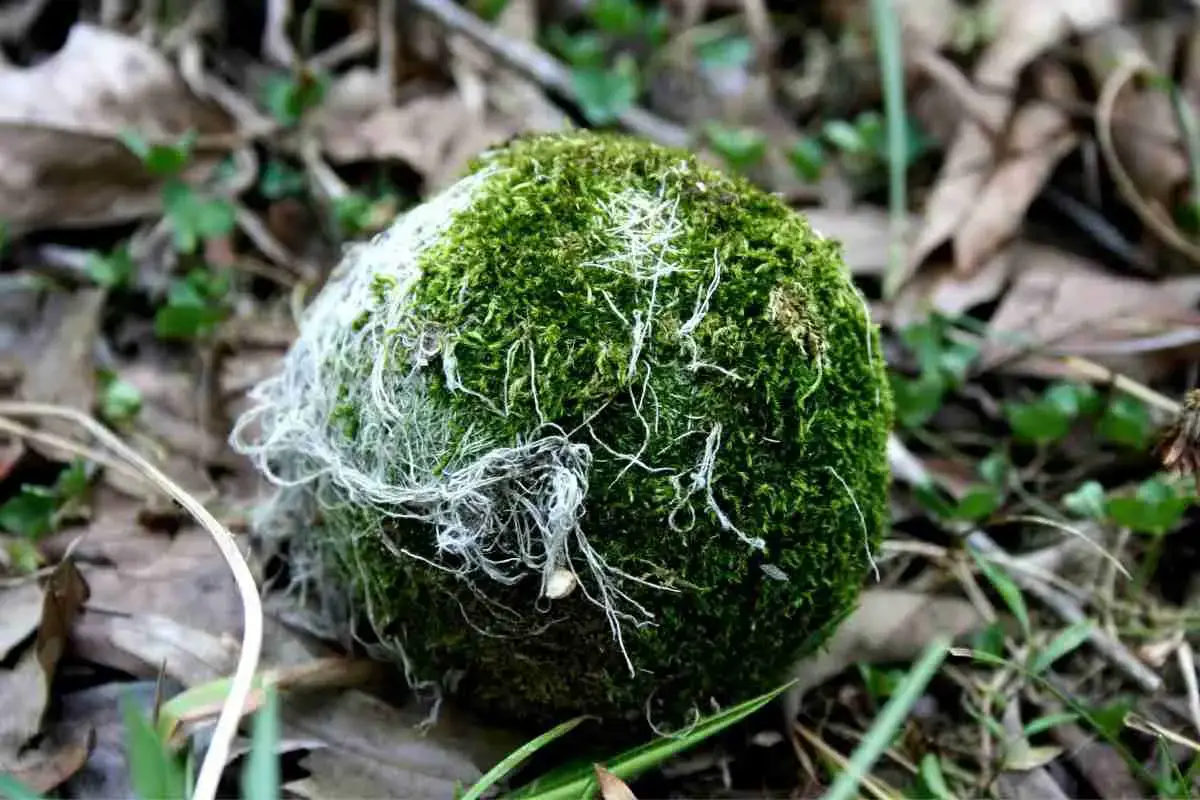
Are Moss Balls Alive? Everything You Need To Know!
Read more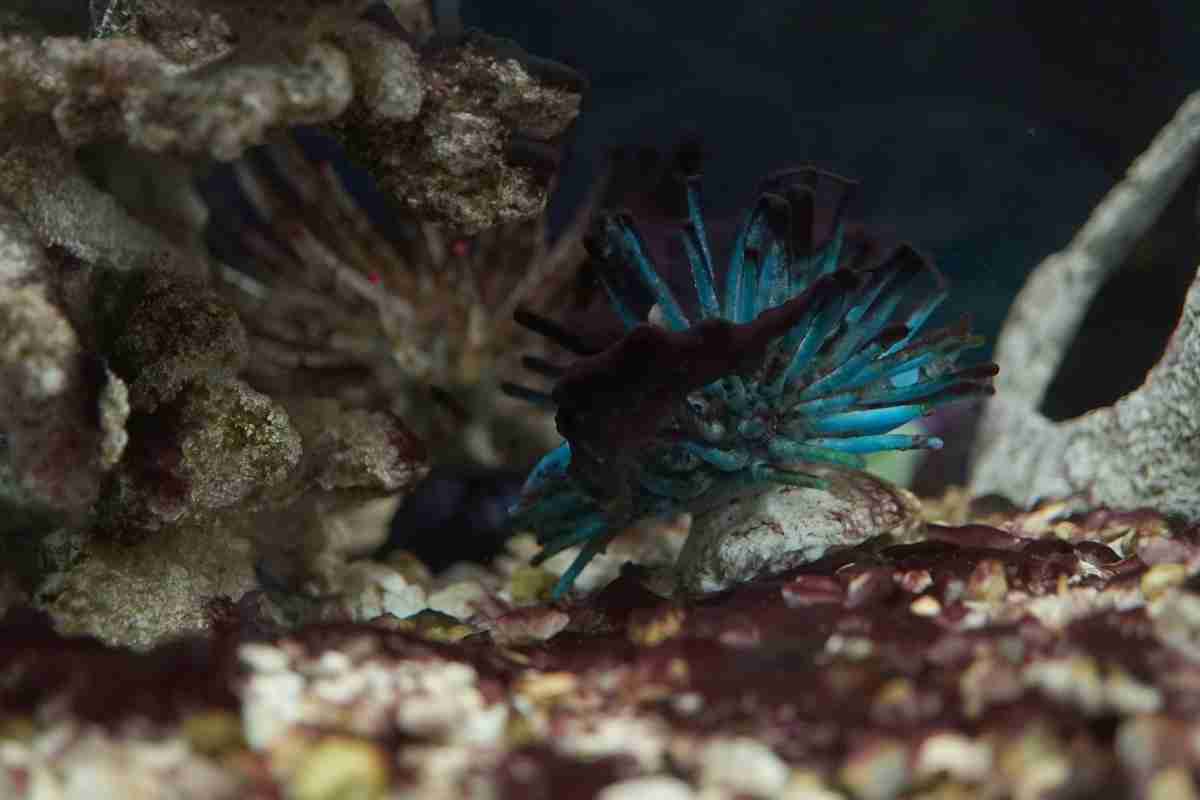
How To Get Rid Of Brown Algae In My Saltwater Tank?
Read more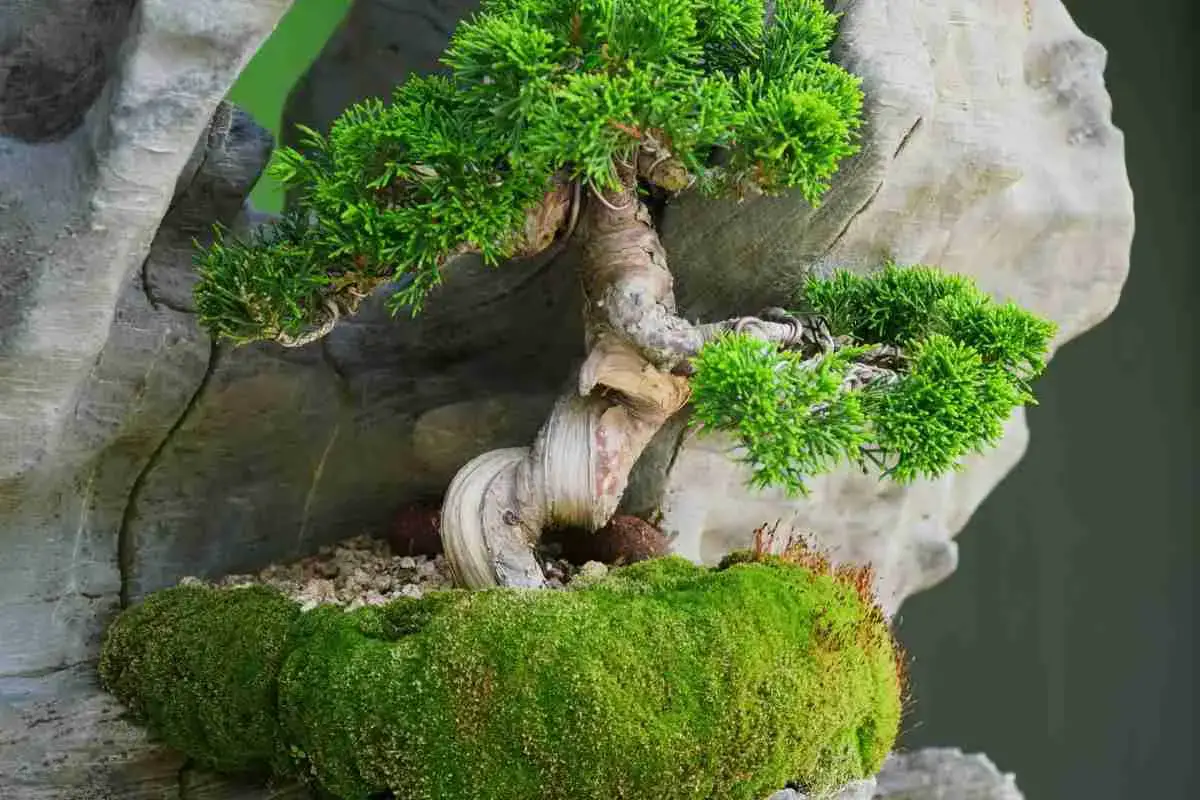
Sphagnum Moss For Bonsai: Is It Safe?
Read more